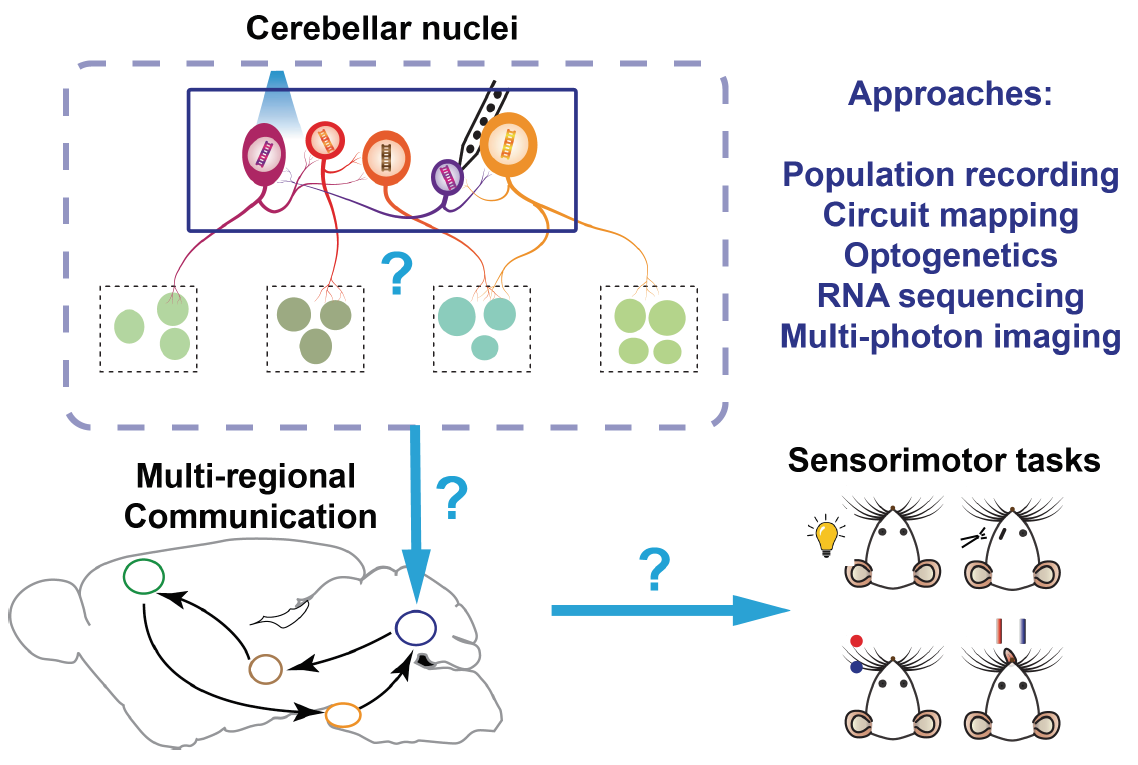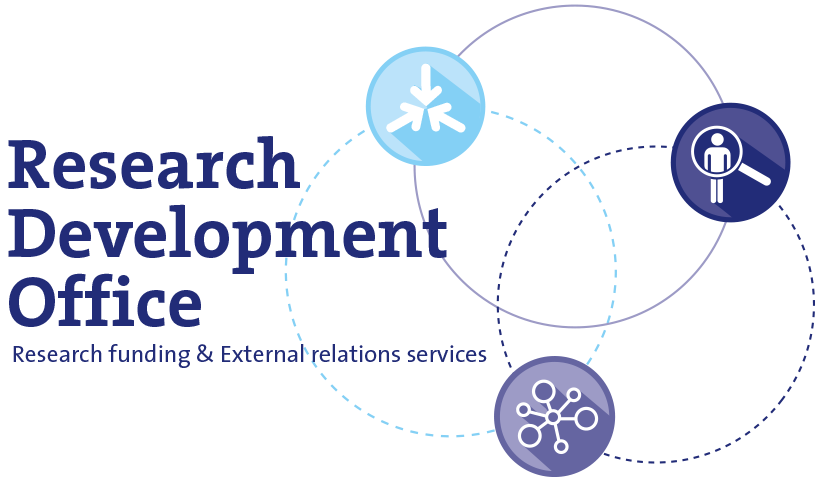CN-Identity: Comprehensive anatomical, genetic and functional identification of cerebellar nuclei neurons and their roles in sensorimotor tasks

Project summary
How does the brain integrate diverse sensory inputs and generate appropriate motor commands? Our cerebellum is a key region for such a sensorimotor processing, empowered by its sophisticated neural computation and constant communication with other brain regions. The well-timed cerebellar information is integrated and funneled to other brain regions through the cerebellar nuclei (CN). Yet, how CN circuitry contributes to the cerebellar control of sensorimotor processing is unclear. I am now in a unique position to decipher the properties of CN neurons and identify their specific roles in different forms of sensorimotor processing. It is my central hypothesis that depending on the specific demands of the task, CN neurons can either facilitate or suppress the activity of downstream regions with millisecond precision; and the anatomical, genetic and functional properties of CN neurons are tailored to the particular task involved. I will accomplish this project by developing various novel electrophysiological, optogenetic, molecular and imaging techniques.
Impact
My research is likely to break new ground, demonstrating that the identity of CN neurons is determined by their differential temporal demands of sensorimotor tasks controlled by different brain structures.
More detailed information
Principal Investigator:
Role Erasmus MC:
Coordinator
Department:
Project website:
Not available
Funding Agency:
European Research Council (ERC) /
Starting Grant



